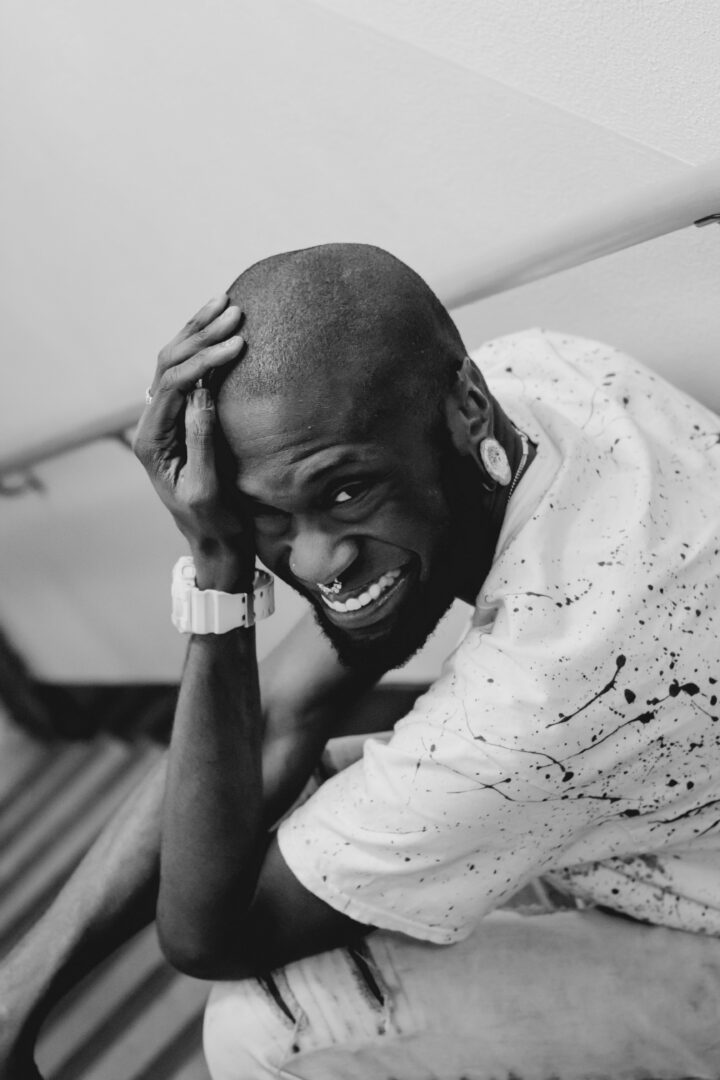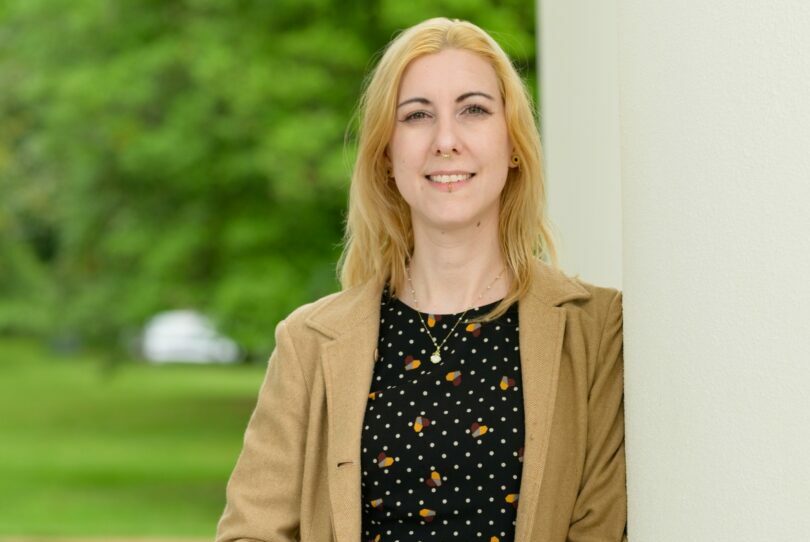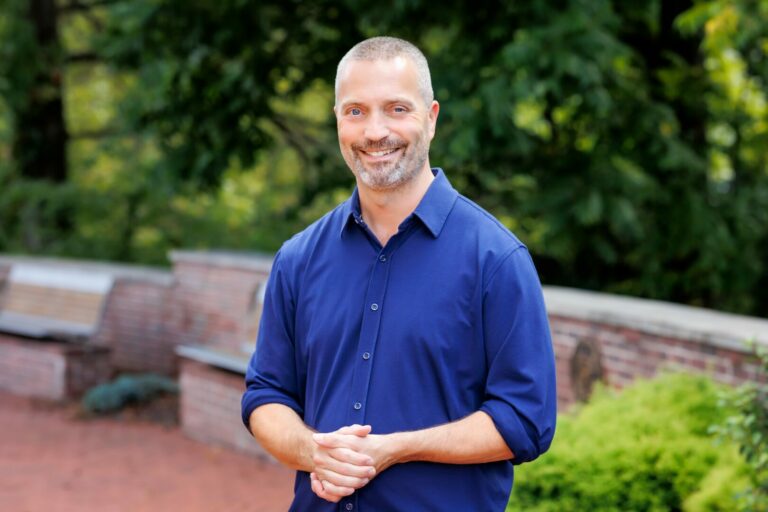We recently had the chance to connect with Idris Veitch and have shared our conversation below.
Idris, so good to connect and we’re excited to share your story and insights with our audience. There’s a ton to learn from your story, but let’s start with a warm up before we get into the heart of the interview. What is something outside of work that is bringing you joy lately?
Lately, I’ve been exploring cooking, which is something completely outside of my art discipline. It’s been surprisingly rewarding—experimenting with flavors, textures, and techniques gives me a sense of creativity and personal satisfaction that’s similar to what I experience in the studio, but in a totally different way. It’s become a new source of joy and relaxation for me.
Can you briefly introduce yourself and share what makes you or your brand unique?
I’m a Jamaican visual artist who works primarily in digital collage and mixed media, combining digital tools and methods to bring my artistic vision to life. Adobe Photoshop has long been at the core of my process, where I manipulate elements drawn from diverse sources—smartphone photography, scanned magazines, online imagery, and vector graphics created in Adobe Illustrator. I’ve also used Adobe After Effects to incorporate motion graphics, layering in film clips and sound to expand the atmosphere of my work.
More recently, I’ve been studying and creating with Blender, a free 3D software, as a way of pushing my practice into new dimensions. This shift has opened the door to a current project – Artefacts of Jamaica where I document historical Jamaican buildings. Through 3D modeling, I’m building a visual archive that not only preserves these structures but also creates interactive ways for people to engage with Jamaica’s cultural heritage.
What makes my work unique is the fusion of cultural influences that shape it. I draw inspiration from my Jamaican upbringing alongside my experiences living in America and Japan. My art is deeply personal and introspective, often reflecting my effort to reconcile and celebrate these layered cultural identities. That interplay—between history, personal narrative, and experimental technique—continues to define and distinguish my creative voice.
Great, so let’s dive into your journey a bit more. Who were you before the world told you who you had to be?
Before the world told me who I had to be, I was a kid in conservative Jamaica who leaned more toward the liberal side. I was curious, open-minded, and drawn to things outside the norm—whether it was the way I thought about the world or the music I listened to, which didn’t always fit the mainstream culture around me. That difference made me stand out, sometimes uncomfortably so, but it also gave me a sense of independence. Looking back, those early experiences of being ‘different’ shaped the way I approach my art now—always searching for new perspectives and not being afraid to fuse influences that might not traditionally go together.
Was there ever a time you almost gave up?
There were definitely times where I almost gave up—when I was first starting out, the imposter syndrome was so strong it made me question if I belonged in the art world at all. I would look at other artists and feel like I could never measure up. Over time, I’ve learned to stay in my own lane and focus on the work that feels true to me, which has been grounding. That said, social media still makes it difficult not to compare myself to others, but I try to treat it as a reminder to keep pushing my own vision rather than measuring myself against someone else’s.”
So a lot of these questions go deep, but if you are open to it, we’ve got a few more questions that we’d love to get your take on. What are the biggest lies your industry tells itself?
One of the biggest lies in the art world today is that visibility online equals success. Social media pushes the idea that if you constantly feed the algorithm with reels and regular posts, your work will automatically find its audience. I’ve felt that pressure. It has even caused me some anxiety in the past – making me feel like I had to keep producing content just to stay relevant. Over time, I’ve had to step back, take a breath, and remind myself to stay in my own lane. For me, the focus has to remain on the practice itself and creating work that feels true, rather than chasing trends or metrics.
Okay, we’ve made it essentially to the end. One last question before you go. How do you know when you’re out of your depth?
I usually recognize I’m out of my depth when I find myself staring at a piece or a tool for too long, unsure of the next step, or when I notice I’m spending more energy second-guessing than creating. I especially feel it when I’m learning a new software — it brings back that feeling of starting over, where nothing feels ‘safe’ compared to the familiar ground of digital collage, which I’ve been working with for more than a decade. Those moments can be uncomfortable, but they also remind me that being out of my depth is part of growth, pushing me to expand my practice beyond what feels secure.”
Contact Info:
- Website: http://www.idrisveitch.com
- Instagram: idrisveitch
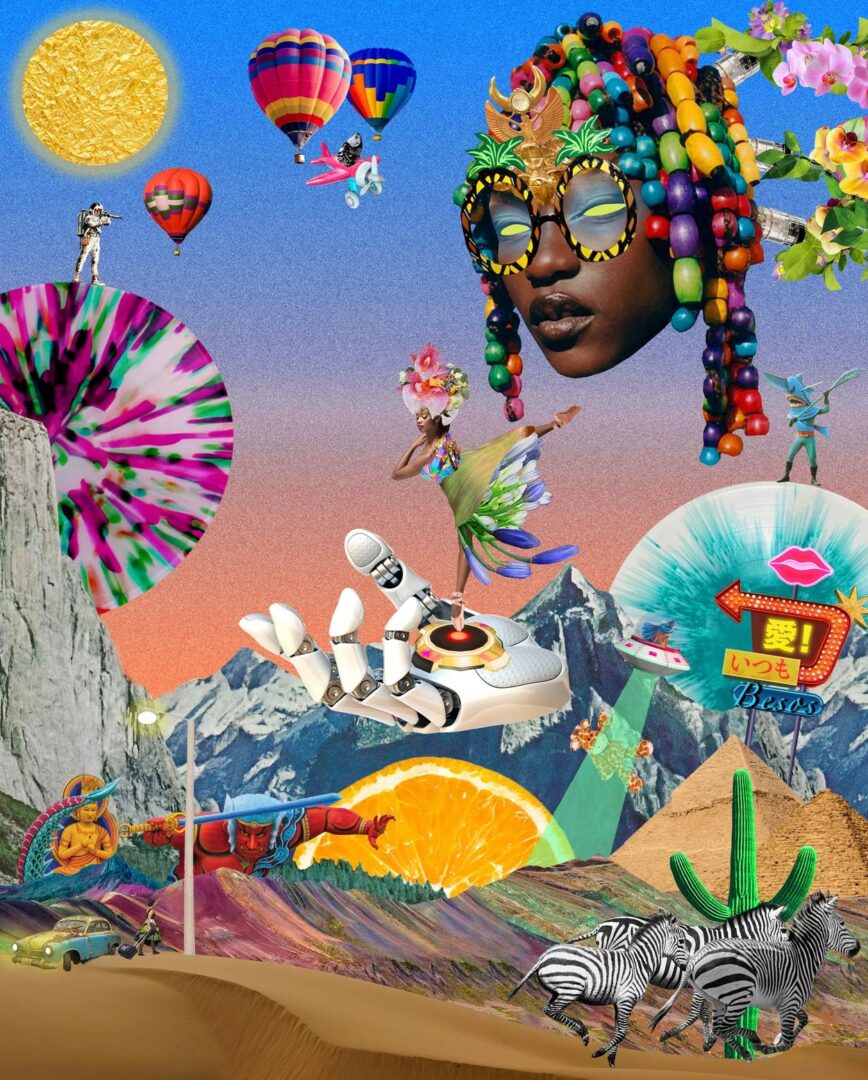
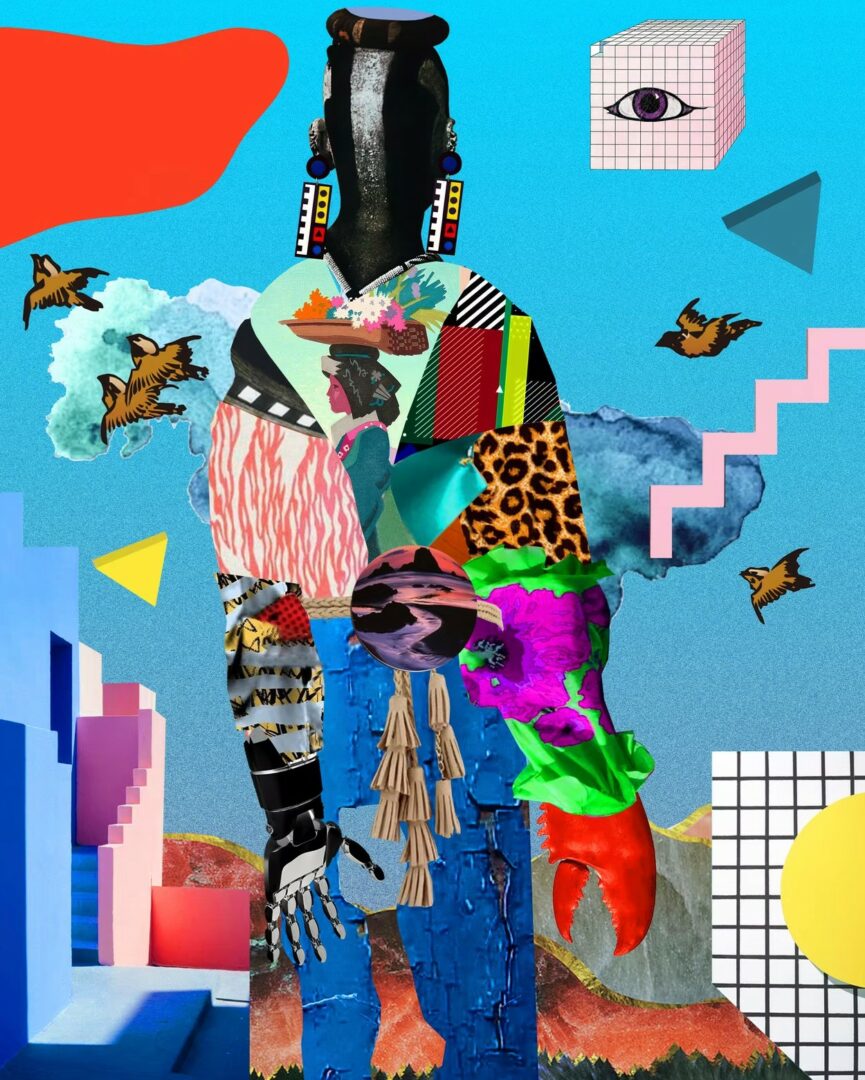
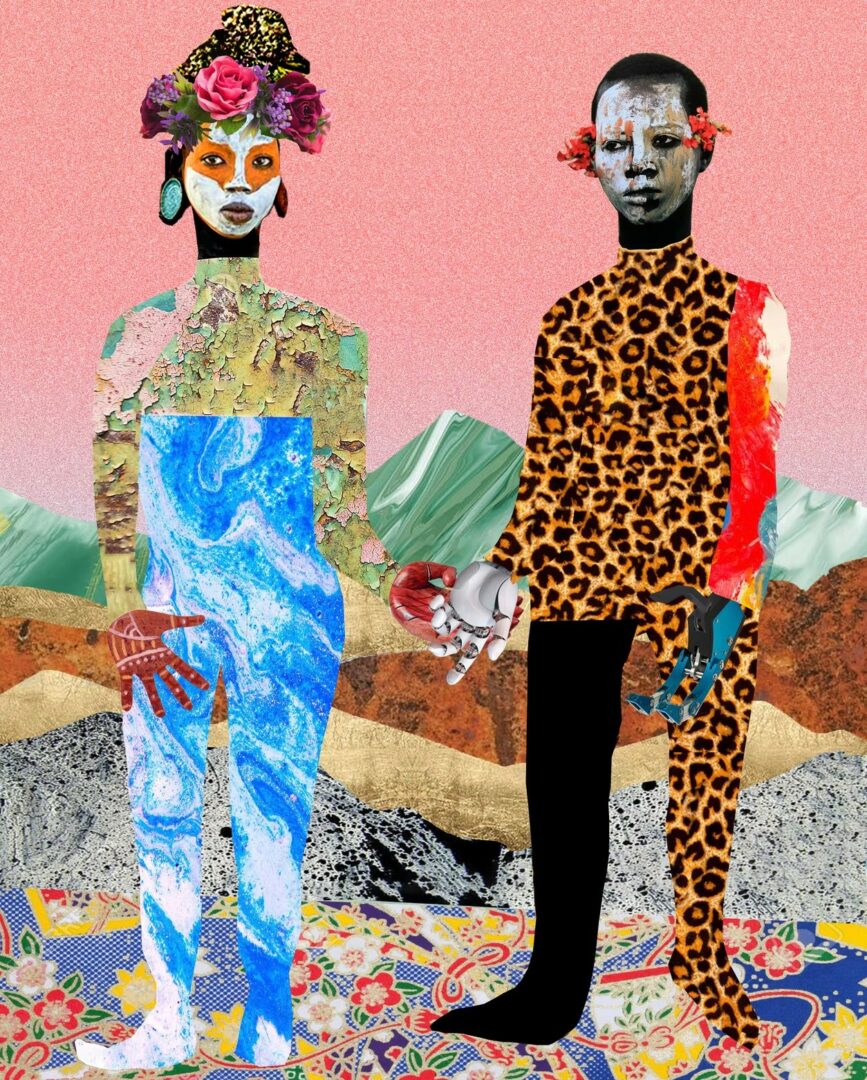
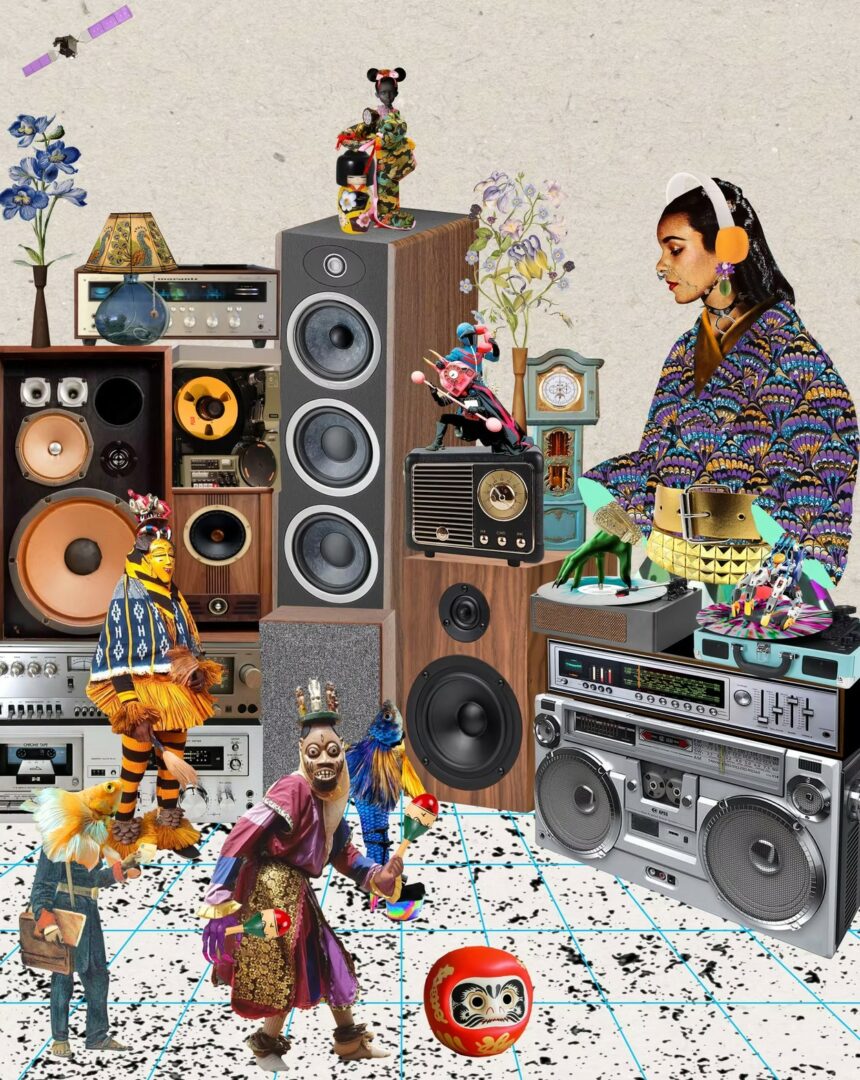

Image Credits
Idris Veitch
www.idrisveitch.com
so if you or someone you know deserves recognition please let us know here.

